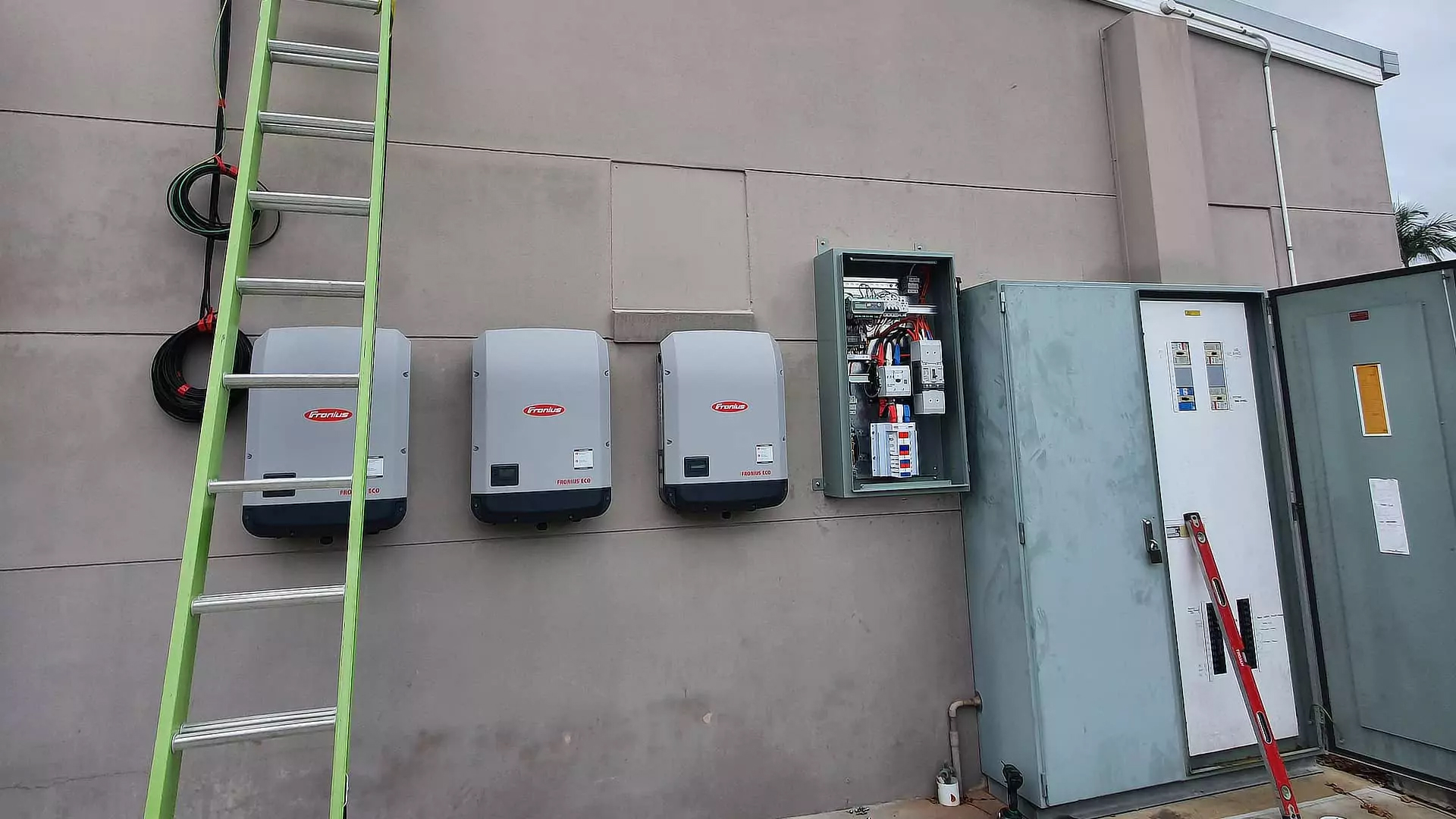In recent years, the world has witnessed a growing concern about the impact of traditional fossil fuels on the environment. As a result, renewable energy sources have gained significant traction in the global energy landscape. Governments and corporations alike are now actively promoting the adoption of clean energy technologies to combat climate change and reduce carbon emissions.
Two mechanisms used to incentivise the generation and consumption of renewable energy are LGCs (Large-scale Generation Certificates) and STCs (Small-scale Technology Certificates). In this article, we will explore the differences between LGCs and STCs and their role in promoting a sustainable energy future.
STCs (Small-scale Technology Certificates)
Small-scale Technology Certificates (STCs) are another form of renewable energy certificates that support and encourage the adoption of small-scale renewable energy systems. These systems typically include rooftop solar panels, solar water heaters, small wind turbines, and heat pumps. STCs are particularly prevalent in countries with government schemes or incentives aimed at promoting residential and small-scale renewable energy installations.
How STCs Work
- When an eligible small-scale renewable energy system is installed, a certain number of STCs are created based on the system’s expected output over a set period (usually 15 years).
- These certificates represent the environmental benefits of generating clean energy and are used to incentivise residential and small-scale renewable energy installations.
- Similar to LGCs, STCs can be traded on the open market, allowing sellers (owners of renewable energy systems) to receive financial incentives and buyers (liable entities or energy retailers) to meet their renewable energy targets.
Residential Example
Installing a 5 kW solar system can produce around 76 MWh of electricity until 2031, entitling you to receive 76 STCs. With each STC valued at $37, you would receive a generous $2,812 discount off the total cost of the 5 kW system. This incentive makes adopting clean energy not only environmentally friendly but also financially rewarding.
Commercial Example
Installing a 100 kW solar system, your business solar system will generate around 1,520 MWh of electricity until 2030, qualifying for 1,520 STCs. At a value of $37 per STC, you would receive a substantial $56,240 discount off the total cost of the 100 kW system. This remarkable incentive not only reinforces your commitment to sustainability but also offers significant financial benefits, making the transition to clean energy an economically savvy decision for your business.
LGCs (Large-scale Generation Certificates)
Large-scale Generation Certificates (LGCs) are a form of renewable energy certificates designed to support and promote large-scale renewable energy generation projects. These projects typically involve utility-scale solar farms, wind farms, hydroelectric power plants, and biomass facilities. LGCs are specific to countries or regions with renewable energy targets or renewable energy portfolio standards.
How LGCs Work
- For every megawatt-hour (MWh) of electricity generated from an eligible renewable energy source, one LGC is created.
- The LGC represents the environmental benefits of producing electricity from renewable sources instead of conventional fossil fuels.
- Energy retailers and liable entities (entities required to meet renewable energy targets) can purchase LGCs to meet their renewable energy obligations.
- LGCs can be traded on a secondary market, which allows sellers (renewable energy generators) and buyers (energy retailers) to interact and ensure compliance with renewable energy targets.
Key Differences between LGCs and STCs
Scale of Projects
- LGCs are associated with large-scale renewable energy generation projects like utility-scale solar, wind, hydro, and biomass plants.
- STCs, on the other hand, are linked to small-scale renewable energy systems installed in residential and commercial properties.
Project Eligibility
- LGCs are applicable to utility-scale projects that meet specific criteria, often determined by government regulations and renewable energy targets.
- STCs apply to small-scale renewable energy systems that meet the eligibility criteria defined by government incentives or schemes.
Purpose and Incentives
- LGCs incentivise the development and operation of large-scale renewable energy projects to increase overall renewable energy generation capacity in a country or region.
- STCs aim to encourage individual households and businesses to adopt renewable energy systems, thereby reducing reliance on traditional energy sources and decreasing carbon emissions.
Both LGCs and STCs play vital roles in promoting renewable energy adoption and combating climate change. While LGCs incentivise large-scale renewable energy projects, STCs encourage small-scale installations, including solar panels and wind turbines, in residential and commercial properties.
Work With SnapSolar
At SnapSolar, our mission is to empower households and businesses across Queensland to take control of their energy costs and contribute to a greener future. Contact our dedicated team of Solar specialists today for a FREE Quote and discover how you can harness the power of the sun to achieve energy independence and financial savings.
get a free
quote
Complete the form and our team will
contact you to arrange a site visit or
give us a call on 1300 076 279
Related Articles.

What Size Solar Battery Do I Need?

Jackson Wyer

Why Do Solar Inverters Get Hot?

Jackson Wyer

What Is a Solar Inverter?

Jackson Wyer
